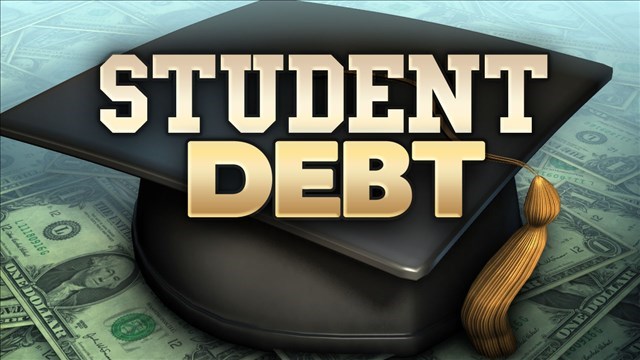
Do you have outstanding debt from a federal student loan? If so, the chances are significant that you are behind on your payments or have not even tried to make any payments at all. As of the beginning of the year, there were approximately 22 million Americans with student loans — and, according to information from the Department of Education, only 12.5 million of them are current with their loan payments.
Around 3 million student loan holders are in some form of postponement on their debt. Through a deferment or forbearance, they have permission to delay their loan payments due to a hardship such as unemployment or other financial emergency. Approximately $110 billion in student loan balances are in some form of postponement.
Another 3 million more student loan borrowers were delinquent, meaning they were between one month and a year behind on their loans. 3.6 million borrowers are at least a year behind on their payments and are considered to be in default. Government officials are concerned that many of the borrowers in default do not intend ever to attempt to pay back their student loans.
The combined balance in delinquent and defaulted loans is approximately $122 billion, meaning that around $232 billion of the over $1.2 trillion student loan portfolio is in some form of distress. Other types of loans with traditional banks would not tolerate such a ratio — but what bank would loan money without credit checks, cosigners, or any evidence that the loan will ever be paid back? Essentially, that’s how student loans work. The government also has no collateral; they cannot repossess your education (yet).
There is at least some silver lining, as a 43% non-repayment rate represents an improvement over last year’s rate of 46%. The Wall Street Journal attributes much of the change to programs that allow some borrowers to lower their student loan payments by connecting them to a percentage of the borrower’s income (also known as income-driven repayment). The number of borrowers taking advantage of these programs nearly doubled over the past year to 4.6 million.
Fortune notes that the Department of Education has blogged that those who do not pay back federal student loans will not be arrested, but they will suffer problems in their financial future and will certainly have difficulties establishing good credit. Unfortunately, evidence shows that some borrowers may not care. The attitude may be that the government will eventually write off these loans or that the potential punishments are not worth a repayment effort compared to other priorities.
Data from student loan services, Navient Corp. shows that the average attempts to reach borrowers in delinquency are between 230 and 300, or more than once every other day. Regardless of format — calls, letters, text messages, and e-mails — 90% never respond. Over half never even attempt to make a payment prior to default.
Income-driven repayment is the preferred compromise path that allows repayment without punishing those who legitimately cannot find work and afford repayment. There are four such programs offered through the Federal Student Aid website: REPAYE, PAYE, IBR, and ICR. If you find yourself among the 43%, consider income-driven repayment plans as a way to repay your debt without overburdening your budget.
If you are among those who are simply ignoring your obligation to repay, don’t. Just because you may never be jailed because of default does not mean that there are not consequences — and do not expect the government to bail you out. Even if the rules are changed, they may not be retroactive. Do the responsible thing and set up a program to pay as you can.
[Source:-Fox news]

